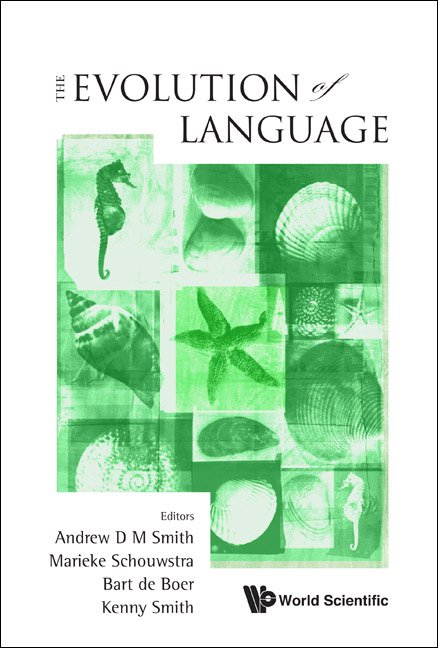EXPLORING THE NATURE OF A SYSTEMATICITY BIAS: AN EXPERIMENTAL STUDY
In this study, we tested the circumstances under which cultural evolution might lead to regularisation, even in the absence of an explicit learning bottleneck. We used an artificial language experiment to evaluate the degree of structure preservation and the extent of a bias for regularisation during learning, using languages which differed both in their initial levels of regularity and their frequency distributions. The differential reproduction of regular and irregular linguistic items, which may signal the existence of a systematicity bias, is apparent only in languages with skewed distributions: in uniformly distributed languages, reproduction fidelity is high in all cases. Regularisation does happen despite the lack of an explicit bottleneck, and is most significant in infrequent items from an otherwise highly regular language.



